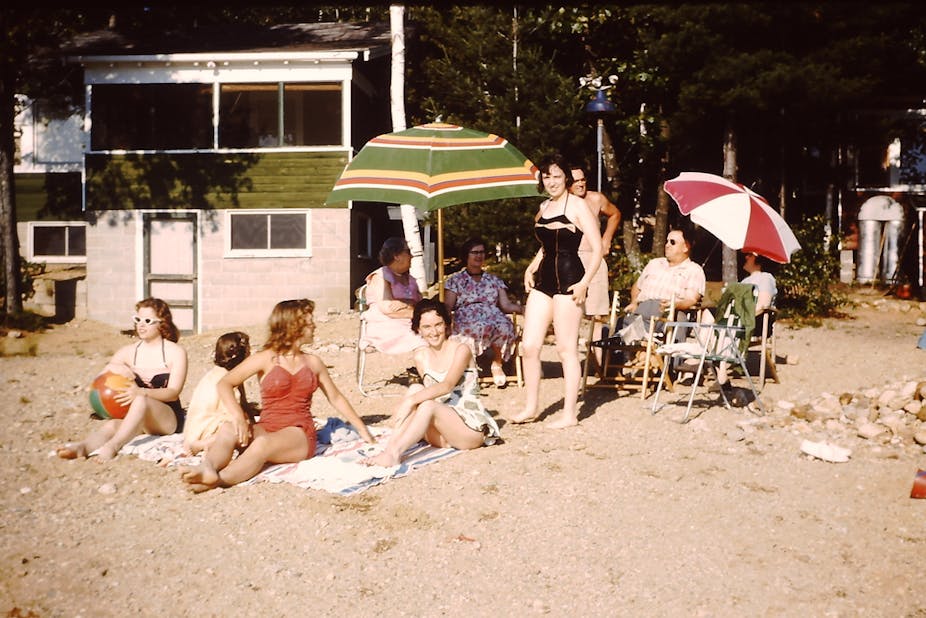Care homes in Scotland are taking on a new type of technology to help improve the service they give to residents, particularly those suffering from dementia.
With the help of digital portraits, staff can quickly access information about a patient’s backstory in order to better understand their needs and engage them in conversation, even when they are pressed for time.
The increasing demands placed on careworkers make it difficult for them to establish meaningful connections with residents. Balancing heavy case loads with the actual job of caring, high staff turnover and part time working patterns all serve to exacerbate the problem.
Dementia costs the UK £17 billion per year and with an ageing population, our care homes are fuller than ever before. At the same time, memory loss and communication problems make caring for residents with dementia particularly challenging.
But Dundee-based researchers Dr Gemma Webster and Professor Vicki Hanson have developed software to address this problem as part of the Social Inclusion through the Digital Economy research hub.
Portrait has already been installed in Balhousie care homes in Scotland and plans are underway to expand its use elsewhere.
The system consists of multimedia portraits of each resident presented on an easy-to-use touch screen. The portrait can be clicked on to reveal information about key events in the patient’s life, their family and hobbies. There is a photo of what the resident looks like now as well as pictures from their past. Staff can access information about holidays, weddings and even the patient’s childhood. They can then use this information to stimulate discussions with the person about their life and interests.
By reading short anecdotes about the scrapes a patient got into as a child, for example, the carer has something light to talk about before they have even approached the resident. In short, Portrait helps carers know who the patient is and, crucially, who they were before they came to the care home.

There is also information about the resident’s current likes and dislikes, such as whether they prefer to sit in the kitchen or the living room, if they don’t eat a particular food or if they are resistant to certain routines. In this way, personal information can also be used to inform the way in which the carer actually provides their services to the resident.
This is the first time a technology like this has been developed with the care provider in mind. To date, much research and several commercial offerings have aimed at memory books and reminiscence therapy for people with dementia. Portrait is unique because it specifically targets the work schedules and usability needs of care staff. It helps a busy caregiver, who often hasn’t had the opportunity to get to know a resident, see the whole person, rather than just the illness. They are encouraged to treat the person as an individual rather than as just a set of needs to service.
It is designed so that care staff can use the system alone in a setting such as a work room and find interesting information about a person in just three minutes. This is particularly important for residents with communication difficulties, such as those that arise from late stage Alzheimer’s and other forms of dementia. It often takes time and skill to engage these residents in a way that can help them feel more at ease so technology that takes some of the burden away can make a real difference.
Nothing can replace developing long-term relationships with the people in care homes but circumstances are conspiring more and more to make this difficult. Technology like Portrait will be needed now and in the future to help residents feel less isolated and more cared for.

